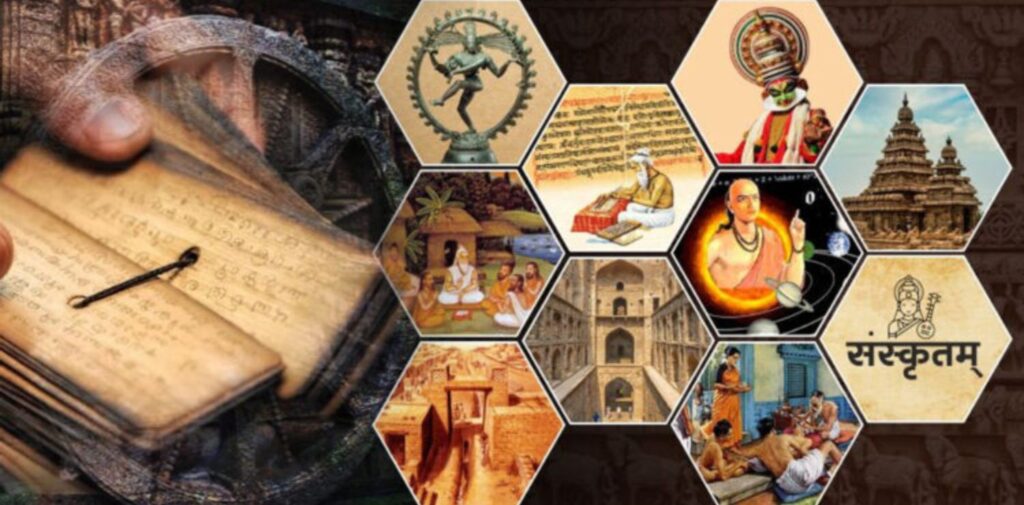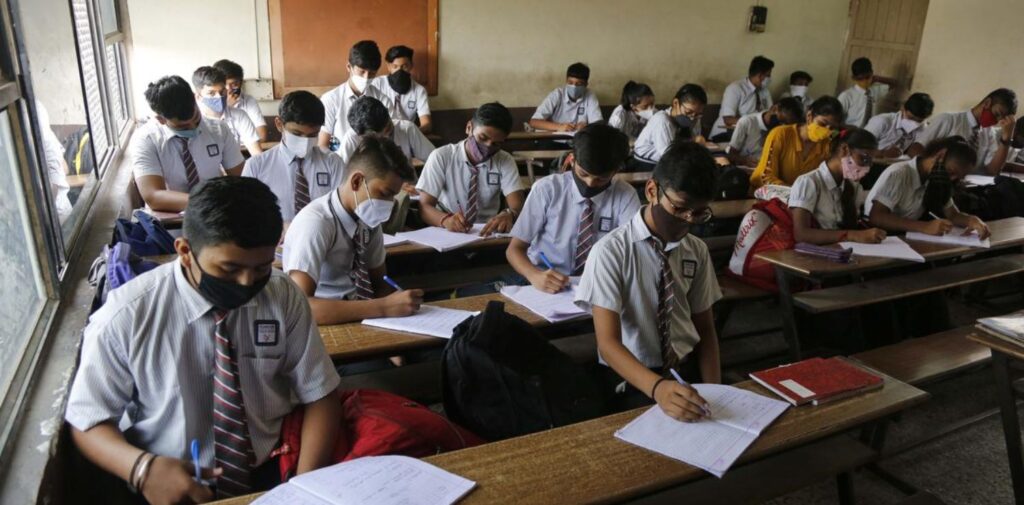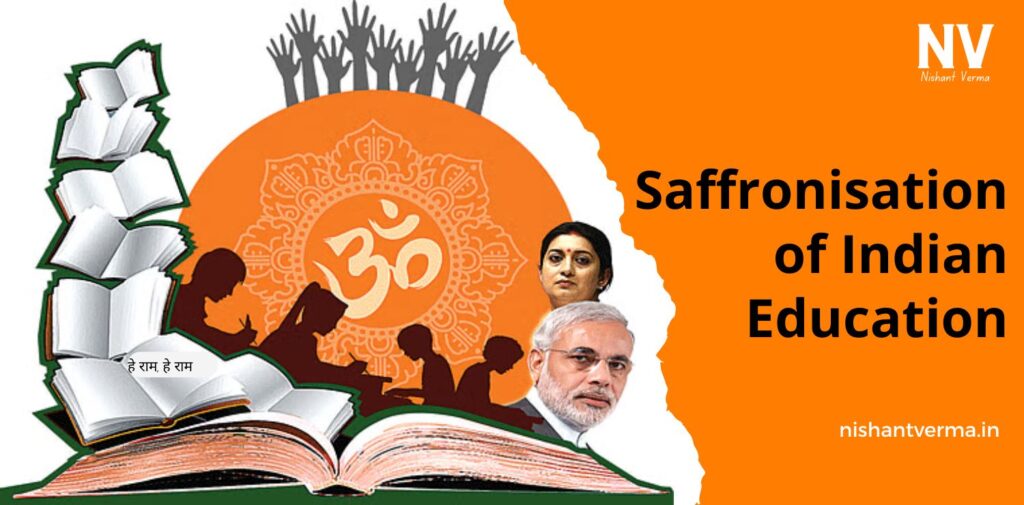In recent years, there has been a growing debate over the changes taking place in India education system. The term “Saffronisation” has often been used to describe the shift in the way history, culture, and social issues are taught in schools and colleges. While critics argue that this shift is an attempt to impose a particular ideology, supporters claim that it is a necessary reform to reconnect the education system with India rich cultural and historical heritage. In this article, we will explore how the saffronisation of Indian education can be seen as a reform that re-establishes national pride and promotes a balanced and inclusive understanding of the country’s past and present.
Understanding Saffronisation
The term “Saffronisation” is derived from the colour saffron, which is associated with Hinduism and the right-wing ideology in India. It refers to the influence of Hindu traditions, values, and perspectives in the educational curriculum. Critics of this movement suggest that it attempts to prioritize Hindu beliefs over others and could marginalize the country’s diverse religious and cultural communities. However, proponents argue that the changes are aimed at reviving India’s ancient traditions, values, and perspectives that have been overlooked or misrepresented for decades.

A Look Back at India Education System
To understand the current debate, it’s essential to look back at how India education system has evolved since independence. For much of the 20th century, Indian education was influenced by British colonial policies. The curriculum followed a Western model, often neglecting the rich history and culture of India. Many textbooks downplayed the achievements of Indian civilizations and presented a Eurocentric view of the world.
After independence, attempts were made to create an education system that reflected India’s diverse culture. However, despite these efforts, the focus remained on Western values and history. This led to a sense of alienation for many students who felt disconnected from their cultural roots.
The Need for Reform
In recent years, there has been a growing demand for educational reforms that emphasize India’s indigenous traditions, philosophy, and history. The idea is not to replace modern education or scientific thinking but to give students a well-rounded understanding of India’s heritage. For many, this is seen as a necessary step to reclaim India’s identity and promote national pride.
The previous education system often portrayed India’s past in a negative light. It presented ancient India as backward, primitive, and underdeveloped while glorifying the Western colonial powers and their achievements. This approach left many Indians feeling that their own culture and history were inferior.
Reforming the education system to highlight India’s rich cultural contributions—such as ancient knowledge in mathematics, science, art, and literature—can help foster a sense of pride in students. It can also help bridge the gap between traditional Indian knowledge systems and modern education.

Reviving India’s Ancient Knowledge
One of the key arguments for saffronisation is the need to revive India’s ancient knowledge systems. India has a long history of scientific and mathematical achievements. From the concept of zero to advances in astronomy, medicine, and metallurgy, India’s contributions to global knowledge have been immense. However, many of these achievements have been sidelined in traditional curricula, which focus more on Western scientific paradigms.
By introducing Indian contributions to science, philosophy, and mathematics into the curriculum, students can develop a more comprehensive understanding of how India’s thinkers shaped the world. This is not about rejecting Western knowledge but about integrating Indian knowledge alongside it.
A More Balanced Historical Narrative
Another important aspect of the saffronisation debate is the portrayal of India’s history. For many years, Indian textbooks portrayed the country’s past through the lens of colonialism, often ignoring the rich cultural, political, and economic achievements of ancient India. The invasions and foreign rule that marked India’s history were often depicted in a negative light, while indigenous rulers and thinkers were either sidelined or misrepresented.
Saffronisation aims to provide a more balanced and accurate account of India’s history. It emphasizes the achievements of ancient Indian rulers, philosophers, and scientists, and gives equal importance to the various kingdoms, cultures, and religions that have shaped the country over thousands of years. This approach helps foster a sense of pride and belonging among students, as they learn about the diversity and strength of their heritage.
It is important to note that the reform does not seek to erase other religions or cultures from the narrative. India is a secular country, and the goal is to provide a more inclusive view of the nation’s history—one that acknowledges the contributions of all communities while highlighting the importance of India’s indigenous traditions.
Promoting National Unity
One of the core goals of saffronisation is to promote national unity. India is a land of diverse cultures, languages, and religions, and the education system plays a crucial role in fostering a sense of common identity. By emphasizing shared values, traditions, and historical experiences, the reform seeks to unite students from different regions and backgrounds.
For instance, teaching about India’s struggle for independence from colonial rule can inspire a sense of patriotism and pride among students. Similarly, focusing on shared cultural practices, such as festivals, music, dance, and literature, can help students appreciate the country’s diversity while recognizing the common threads that bind them together.
By emphasizing the importance of Hindu culture in the context of Indian history, saffronisation can create a sense of belonging for the majority of India’s population, who identify as Hindus. However, it is crucial that this approach remains inclusive and does not marginalize the minority communities that makeup India’s rich mosaic of religions and cultures.

Addressing Criticism: Not an Imposition, But a Reform
While the saffronisation of education has its critics, it is important to understand that the aim is not to impose one ideology over others. Instead, the goal is to correct historical imbalances and provide students with a more accurate and comprehensive understanding of India’s past and present. The changes are intended to be inclusive, focusing on a broad spectrum of Indian culture and history, rather than promoting any particular religion or political ideology.
Critics often argue that saffronisation could lead to the promotion of Hindu nationalism at the expense of India’s secular principles. However, proponents believe that acknowledging India’s Hindu heritage does not mean rejecting the country’s secular identity. India has always been home to a variety of religions, and the goal of the educational reform is to honour all of these while also highlighting the central role of Hinduism in shaping India’s cultural and historical landscape.
Conclusion: Saffronisation of Indian Education
The saffronisation of Indian education is not about imposing a particular ideology or belief system; it is about reforming the education system to reflect India rich cultural and historical heritage. By bringing back a focus on India’s ancient contributions to knowledge, promoting a more balanced view of its history, and fostering national unity, these reforms aim to create a more inclusive and empowering educational experience for all students.
India education system needs to evolve to reflect the diversity, complexity, and richness of the nation’s past. The saffronisation movement, far from being an imposition of ideology, is an effort to reclaim and celebrate India’s heritage in a modern context. This reform is an essential step towards building a future where students understand and appreciate the full scope of India’s history and culture, fostering a sense of pride and unity in the process.




